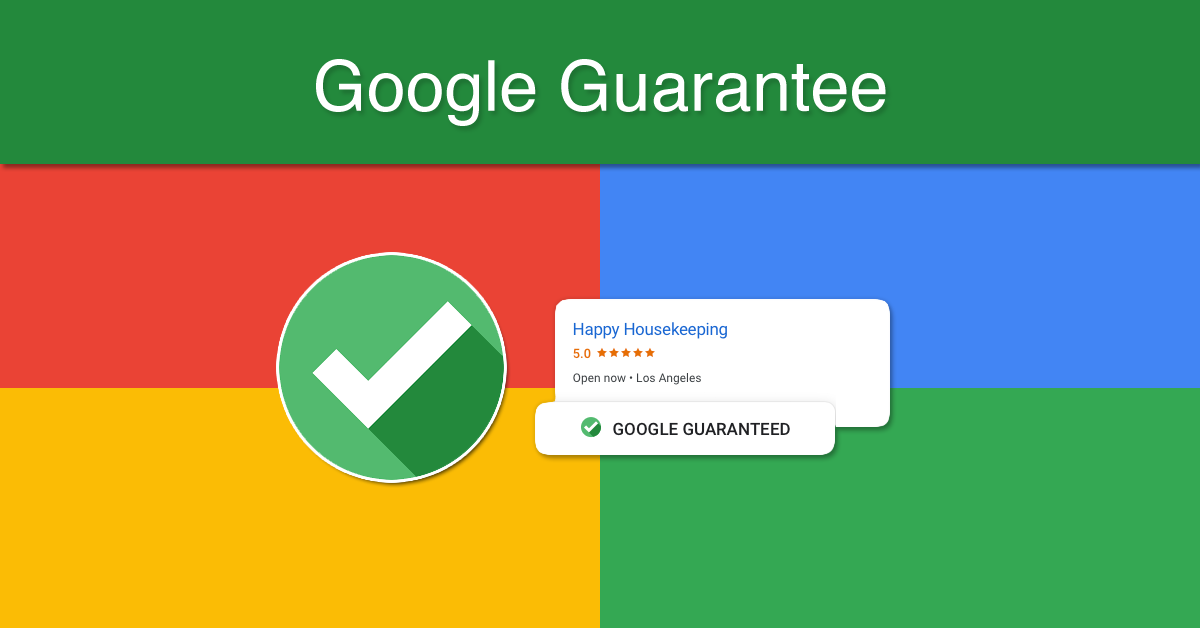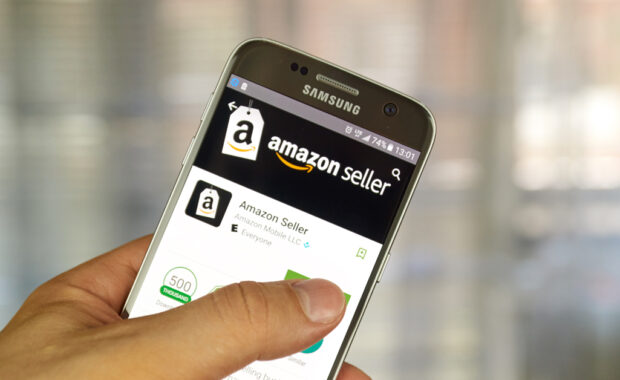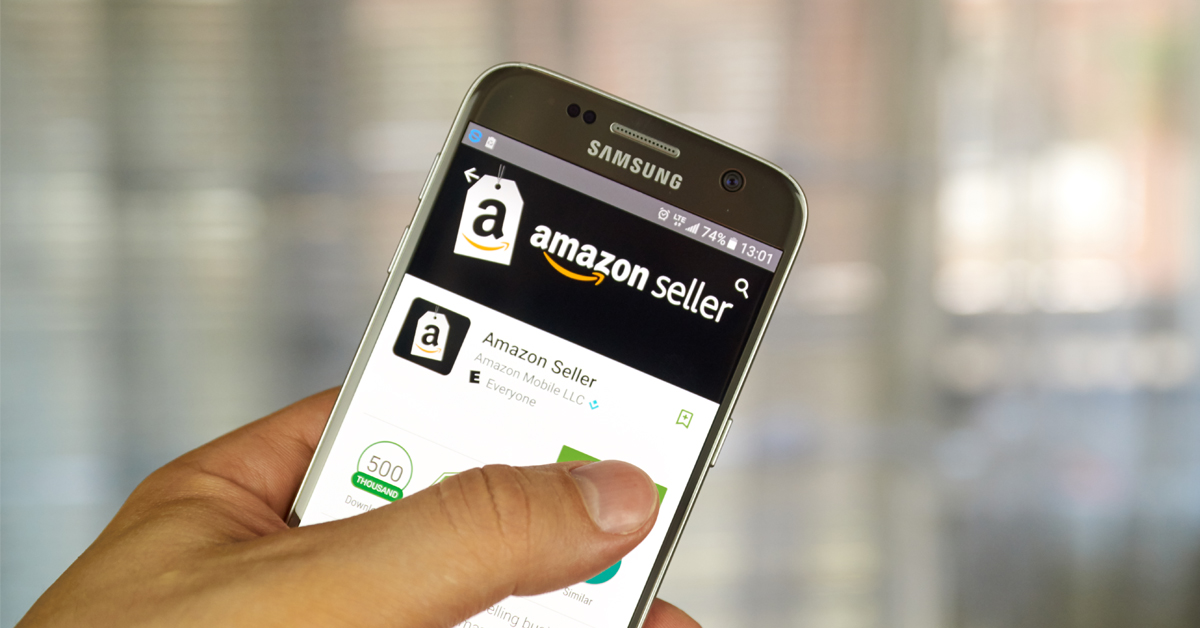Among the top trends we’ve seen from the world of content marketing this year is the trend towards refreshing and renewing content. Companies with established blogs are discovering the many benefits of updating old blog posts.
Sure, they’re adding new content – that’s always a smart move. But they’re also taking time to examine older posts and find ways to improve them.
Here are the top 5 reasons why refreshing content is a smart move to kick off your digital marketing program in 2021.

Why You Should Update Your Old Blog Posts: 5 Reasons to Refresh Old Content
Companies who blog get 97% more search engine traffic than companies who do not blog. Many companies have several years of content published to their blogs but haven’t revisited it in quite a long time. They continue to publish new materials, but fail to update older ones.
One truism of blogging is that it’s your older posts that tend to drive the most search engine traffic to a website. Search Engine Journal calls it the “power law” but it’s a fact: on average, 80% of a blog’s traffic is driven by a handful of posts. Most of the time, these are older posts.
There’s gold to be mined from older posts for sure. By reviewing, revising, and refreshing older blog posts, you’ll enhance existing content and make it better able to compete in today’s SEO world.
Why update old posts? Our top five reasons:
1. Fix outdated information and make posts evergreen
When I was a kid, the school handed out our textbooks. New textbooks were ordered on a rotating annual basis: one year the English textbooks were replaced, the next, the math, and so on. Well, in 7th grade I received a social studies textbook that was falling apart. The spine was taped and, worst of all, the text read, “Maybe someday, man will go to the moon.”
Mind you, I was handed this textbook in 1980.
Of course, your blog posts probably aren’t as outdated as my old social studies textbook. But there’s a good chance that your older blog posts contain:
- Industry-specific information that’s outdated
- Best practices that have been replaced by newer methods
- Pre-pandemic advice, such as attending meetings, meeting face to face, etc.
- Outdated statistics
- Broken links
And that’s just for starters. Fixing older blog posts allows you to correct all of this and more and to transform old, outdated posts into evergreen content pieces you’ll be proud to share!
2. Google loves updates and fresh content
Google’s search engine algorithms (the programs that decide whether your page ranks first, second, or 70th in their search engine results for a user’s query) count site updates as activity. While changing one word here or there probably won’t grab the bot’s attention, changing 50% or more may ping the indexing system to take another look at your page. And, with that look comes the chance to boost your post higher in the search engine rankings.
3. Updating keyword choices
Changing the keyword phrase on the page and revising the text for the new phrase enable you to better communicate with search engines what your site is about and rank for new phrases. It’s a chance to go after a particular niche, to stand out from the crowd, and to get visits to your site on search engine queries you may not have ranked for before. Keep in mind that you should always keep the URL of the page the same because changing it can cause massive headaches unless the redirects are set up properly.
4. Improve the competitiveness of your posts
Have you looked at what posts are ranking higher than yours in several search engines? Now is the time to input keywords into search engines and see which posts come up higher than yours in the search results. Then, take a close look at them. Do they contain more information? Better images or videos? Why do you think they rank higher than yours?
Now’s the time to change your older posts to make them more competitive with the posts that are beating yours in the SERPS. The first position in the search engine results page yields 31% of all click-through rates. That’s a lot more traffic than other first page positions. If you’re on the second page or lower in the results, you might as well be invisible. Refreshing content may well enable you to improve your website’s visibility through a better-ranking page.
5. Improve user experience
Let’s face it; some blog posts aren’t as good as others. Some are cluttered with jargon or corporate-speak while others contain boring images. By updating and refreshing old posts, you can replace those boring images, explain jargon clearly, and improve the user experience. The more readers love your blog, the longer they’ll stick around, and the more opportunities you have to cultivate a relationship with them and, ultimately, a lead or a sale.
The Prerequisite to a Blog Refresh: Content Inventory
The first step towards a full blog content refresh is to conduct a content inventory. A content inventory means listing of all the pages on your website. This is similar to a list of all of a company’s products. Next, a content inventory looks for opportunities to improve and refresh older posts, fix broken links, and add links among related posts. It’s a wise step to organize a major content refresh project.
Let the Pros Handle Your Content Refresh
Refreshing older content sounds easy until you roll up your sleeves and dive into it. Then, you realize that updating 1,000 blog posts isn’t as simple as it sounds.
Well, we have a solution for you – let the pros do it! If you are interested in a professional content inventory or refreshing old blog posts, call Dashboard Interactive Marketing. Our content professional has over 20 years of experience working with all types of websites, blogs, and online content. She can conduct a content inventory, identify posts for improvement, and prioritize updating posts based on their potential to boost SEO.
Get your digital marketing off to a strong start in 2021 with a content refresh. Now is a great time to revisit the blog posts you’ve invested in and take them to the next level.
Call Dashboard at 763-242-2454 today.

















